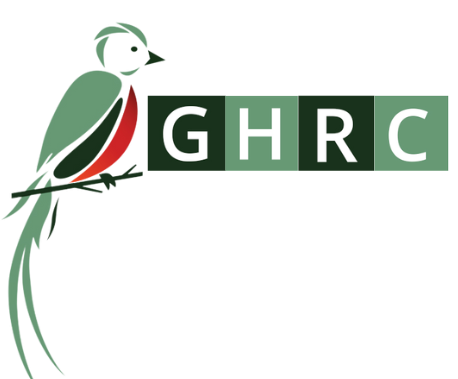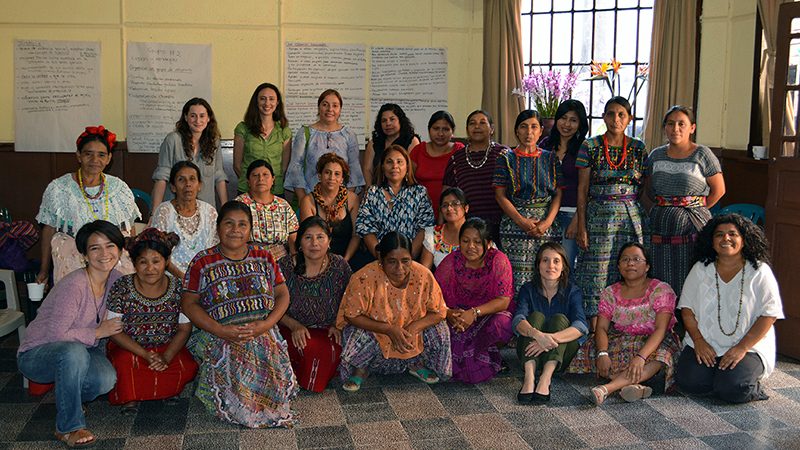FOR IMMEDIATE RELEASE
SAN JOSÉ DEL GOLFO AND SAN PEDRO AYUMPUC, GUATEMALA (February 28, 2014) — In a small town outside of Guatemala City, a group of peasant farmers have camped out on a remote dirt road for almost two years. They have slept, ate, sang, and met under plastic tarps and colorful banners in order to block the planned construction of a gold mine in the midst of their homes.
This deeply religious and obstinately non-violent movement, commonly referred to as ‘La Puya’ after a local spiny plant, is facing down an American company, its Guatemalan subcontractors, and the adamantly pro-mining Guatemalan government.
On March 2, 2014, La Puya will celebrate two years since they joined together to block the road. The event will take place in San José del Golfo, Guatemala, with scheduled activities taking place from 8:30 am to 10:00 pm.
“All we have done, during the past two years, is demand our rights through our nonviolent resistance. We hope that our struggle will serve as an example and an inspiration to other movements in Guatemala and around the world,” said Yolanda Oquelí, a community leader who has survived an assassination attempt for her involvement in the resistance at La Puya.
Anniversary activities will highlight the achievements of community members from San José del Golfo and San Pedro Ayumpuc, where the mine would be built. Participants will also celebrate a recent decision by the owners of the mining equipment, P&F Contratistas, to remove their equipment from the mine. P&F Contratistas has decided to break its relationship with the mining company, Kappes, Cassidy & Associates (KCA), and pulled its trucks and heavy machinery out of La Puya on February 26, 2014.
Contact:
Kelsey Alford-Jones
+502 5265 4821
kajones@ghrc-usa.org
Background
The proposed mining project, called the Tambor mine, was first owned by Canadian company Radius Gold and was later sold to US Engineering firm Kappes, Cassiday & Associates (KCA).
In an already dry region, the mine would use 155 cubic meters of water per day — approximately equivalent to the amount one family would use in a year. The company’s environmental impact assessment recognized that air quality would be affected, as well as flora, fauna, topsoil, and the available quantity of water. However, community members were not given the opportunity to read and submit comments on the environmental impact assessment. Furthermore, the company also failed to comply with legal obligations to consult with communities about projects that would affect them, as required under Guatemalan and international law.
On March 2, 2012, community members concerned about the health of their families and neighbors joined together in opposition to the construction of the mine. Working in shifts, participants at La Puya took turns in order to keep watch 24 hours a day, 7 days a week.
Over the past two years, participants in the roadblock have endured threats, arrests, and violence; repression has come from employees of the mining company and the Guatemalan government. On June 13, 2012, resistance leader Yolandi Oquelí barely survived an assassination attempt as she left the roadblock, and lives to this day with a bullet lodged near her spine. The attack has still not been fully investigated, and no one has been held accountable.
Members of La Puya are prepared to continue the resistance, and are demanding an investigation into the repression of community members, as well as calling for the required community consultation.

